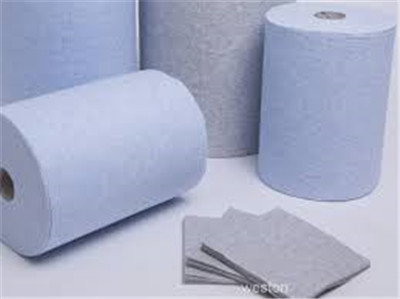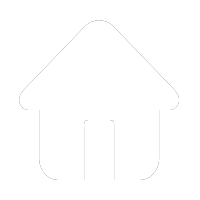How to properly use non woven dry wipes
Non woven dry wipes are one of the most versatile and convenient cleaning tools you can have in your arsenal. Whether you’re cleaning up a spill, wiping down a counter, or dusting off your keyboard, these wipes can get the job done quickly and easily.
But with all of their different uses, it can be tricky to know how to properly use non woven dry wipes. Here are a few tips to help you get the most out of your wipes:
-When cleaning up a spill, be sure to blot up as much of the liquid as possible before reaching for a wipe. This will help prevent the liquid from spreading and make it easier for the wipe to do its job.
-For best results when wiping down surfaces, use a back-and-forth motion rather than scrubbing. Scrubbing can actually damage some surfaces, so it’s best to avoid it if possible.
-If you’re using a wipe to clean your keyboard, be sure to unplug it first! This will prevent any liquid from getting into the electrical components of your keyboard and causing damage.
Precautions for non woven dry wipes
If you use non woven dry wipes, there are a few things you can do to keep yourself safe. First, make sure that the wipes you are using are made of 100% non woven fabric. Second, always wash your hands after using the wipes, and third, avoid using the wipes on broken skin.
1. Keep away from heat and flame.
2. Do not use on broken skin.
3. Discard after single use.
4. Store in a cool, dry place.
Precautions for non woven dry wipes should be taken when using them on surfaces that come into contact with food. The U.S. Food and Drug Administration (FDA) has approved the use of certain types of non woven dry wipes for food contact surfaces in commercial kitchens. However, home cooks should avoid using these types of wipes on surfaces that come into contact with food.
Non woven dry wipes are made of a variety of materials, including cellulose, polyester, and polypropylene. These materials are safe for use on food contact surfaces when they are used as intended by the manufacturer. However, home cooks should not use non woven dry wipes on cutting boards, countertops, or other surfaces where they may come into contact with food.
In addition to the risk of contamination, non woven dry wipes can also cause physical hazards. For example, if a wipe is left on a cutting board and then used to cut vegetables, the vegetables may become contaminated with bacteria from the wipe. In addition, if a wipe is left on a countertop and then used to prepare food, there is a risk of cross-contamination.













